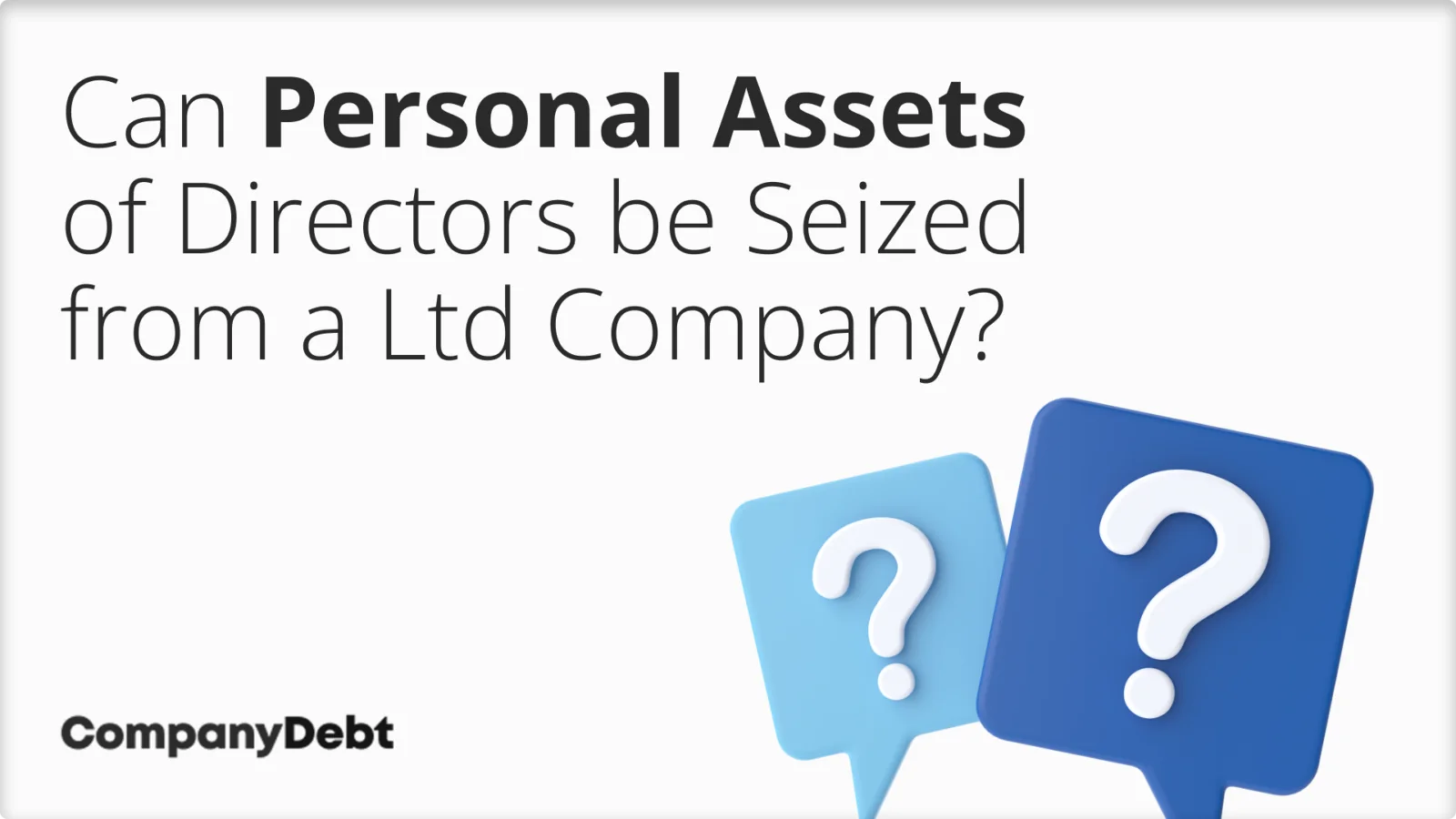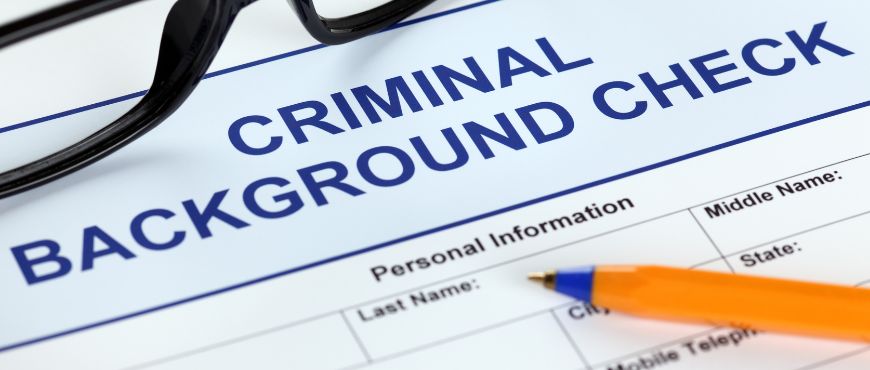
Can Personal Assets of Directors be Seized from a Ltd Company?
Typically, the personal assets of directors cannot be seized to settle the debts of a limited company due to the principle of limited liability, which protects individual assets in such situations.
In a limited company structure in the UK, the company is considered a separate legal entity from its directors and shareholders. This separation means that the personal assets of directors and shareholders are protected from exposure to the company’s debts.
However, there are exceptions where directors may face personal liability if they are found guilty of wrongful or fraudulent trading or if personal guarantees were made against the company’s debts. In these cases, directors may need to pay the company’s debts from their personal funds, but this would involve a legal process rather than a direct seizure of personal assets.

Circumstances Allowing Seizure of Directors’ Assets
In the worst-case scenario, personal bankruptcy can lead to the seizure of the director’s personal assets.
A director could be forced into personal bankruptcy if they cannot pay back a personally guaranteed debt related to the company or if they are convicted of corporate misfeasance or wrongful trading that knowingly worsened the return for creditors during the company’s insolvency.
When an individual is declared bankrupt in the UK, their assets are assessed and managed by a trustee or insolvency practitioner. The goal is to liquidate the individual’s valuable assets, such as property, vehicles, savings, and investments, and distribute the proceeds to creditors to pay off outstanding debts[1]Trusted Source – GOV.UK – Insolvency Act 1986 c. 45 Part IX Chapter II Section 283.
While certain essential household items and work equipment are protected, most major personal assets are at risk of being seized and sold off to settle debts and liabilities.
This underscores the potential severe personal financial consequences directors can face from corporate insolvencies in egregious cases of misfeasance or wrongdoing.
The primary sources for this article are listed below, including the relevant laws and Acts which provide their legal basis.
You can learn more about our standards for producing accurate, unbiased content in our editorial policy here.
- Trusted Source – GOV.UK – Insolvency Act 1986 c. 45 Part IX Chapter II Section 283








